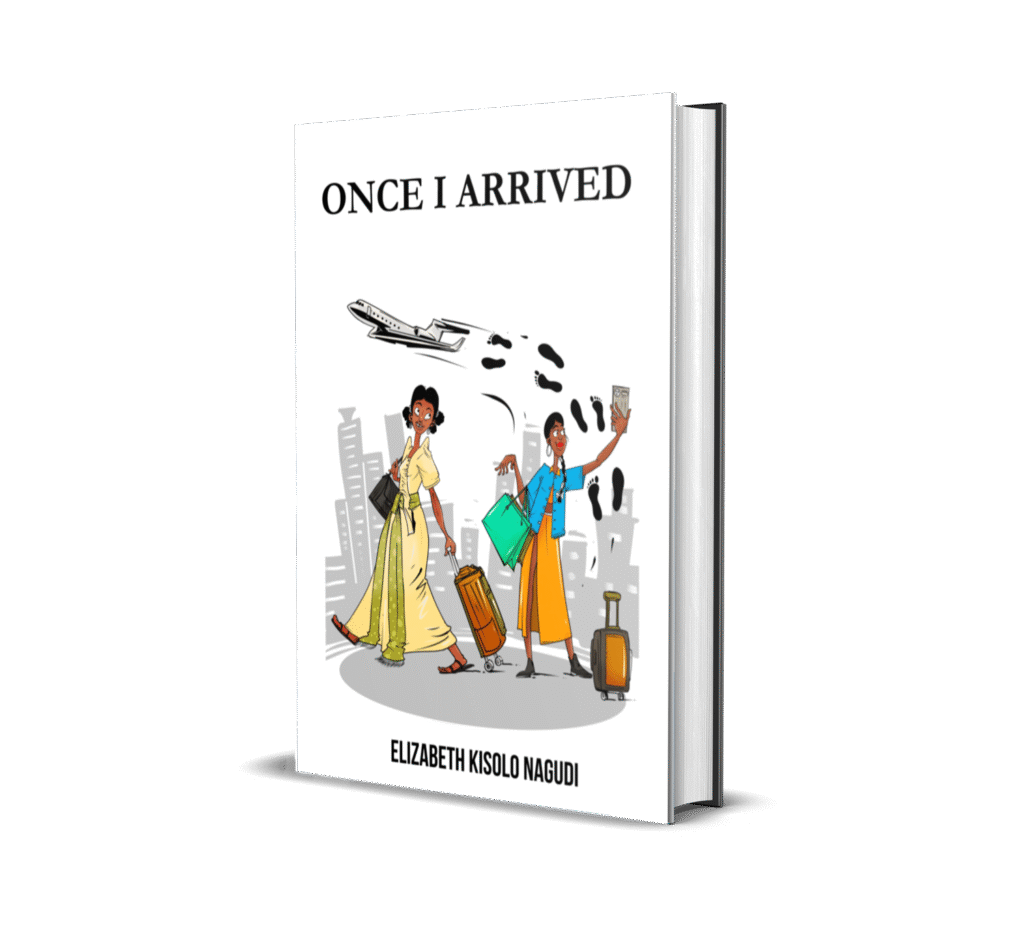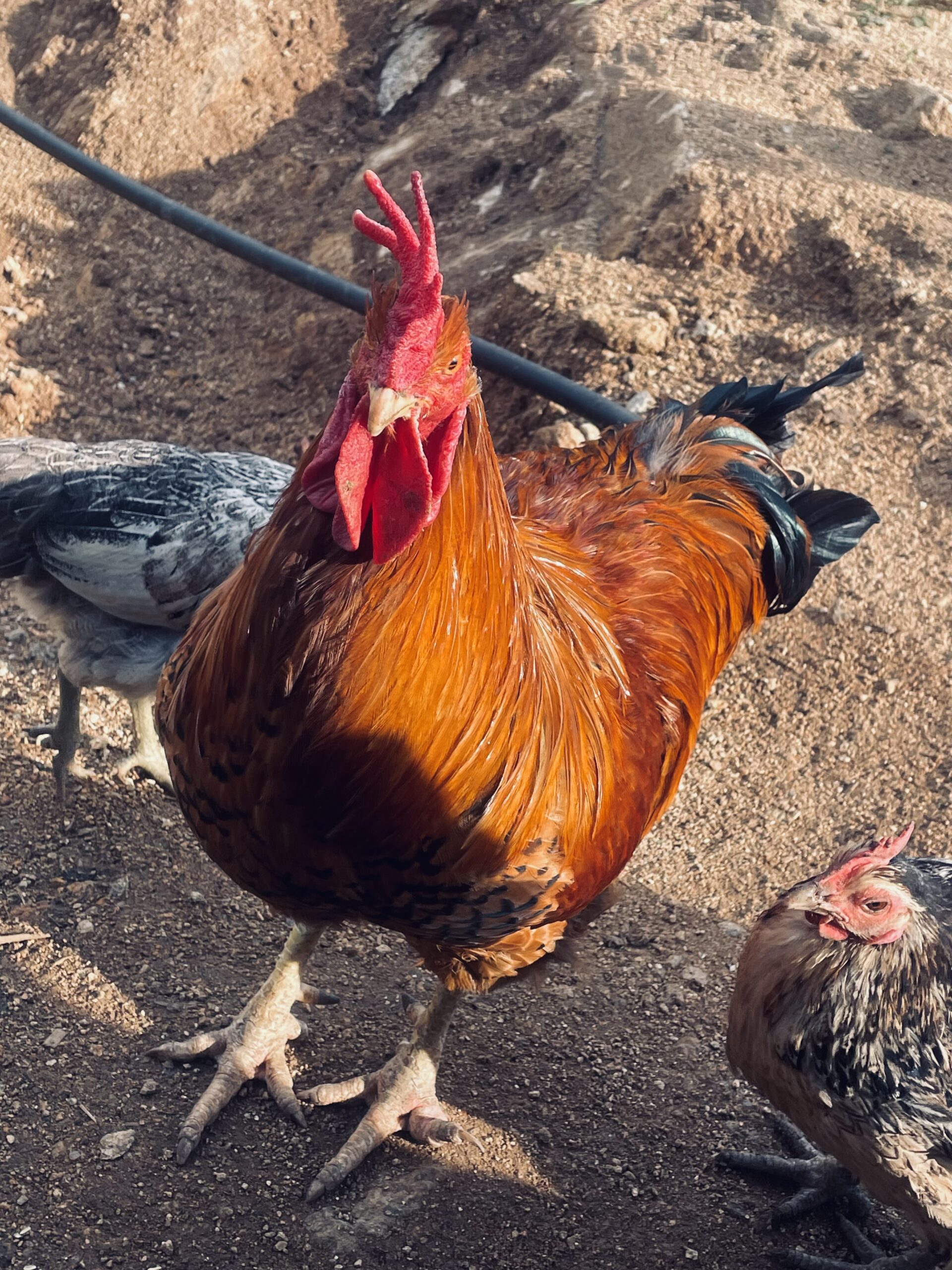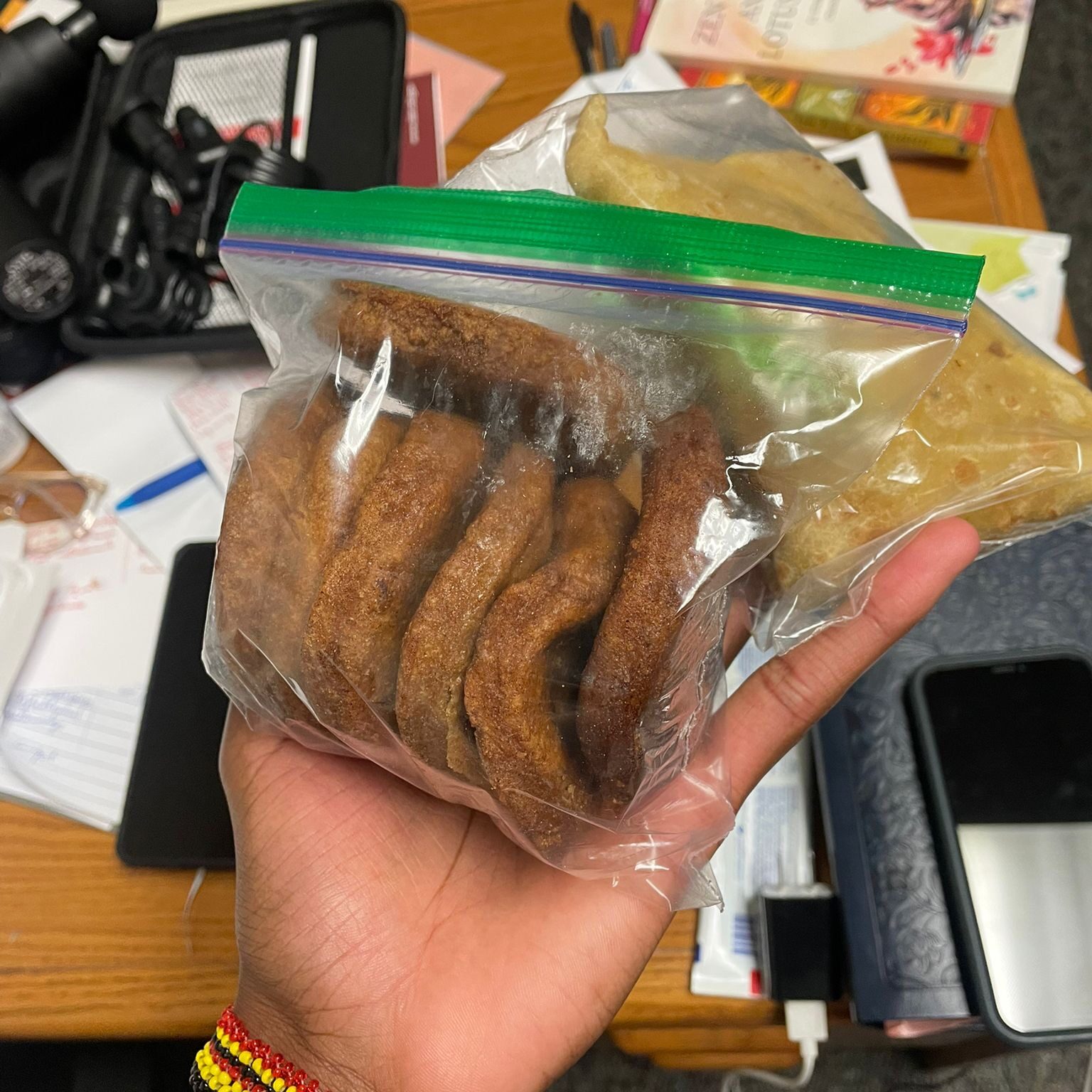
Prior to my traveling to the USA, my mentor emphasized, “Eat all the matooke you can. Eat posho. Drink porridge. Eat, eat, and eat.” Her warning wasn’t taken lightly, and in any case, it just amplified my big appetite. I ate all the mulokonyi (cow’s legs) and pork with posho (maize/corn), and I avoided any fast food places.
Not so long ago, I saw a friend in Texas post on her WhatsApp status making a rolex using taco bread. I immediately reached out and asked, “Are you seriously making a rolex using taco bread?” For context, taco bread looks like a very thin chapati. It’s not fried, and often it’s kept in cool conditions. It has a flour/corn or maize taste, depending on its ingredients. Its texture isn’t far from a chapati. She replied, “I honestly don’t know the flour to buy in the USA to make chapati.” I saw myself in her. She had spent less than a year in the USA, and she was just taking in the shock of the food, just like every emigrant does when they first arrive in the US. I sent her a couple of pictures of the two brands of flour I often use and recommended the Walmart brand because it’s more pocket-friendly. Little did I know that she had so many questions about the food.
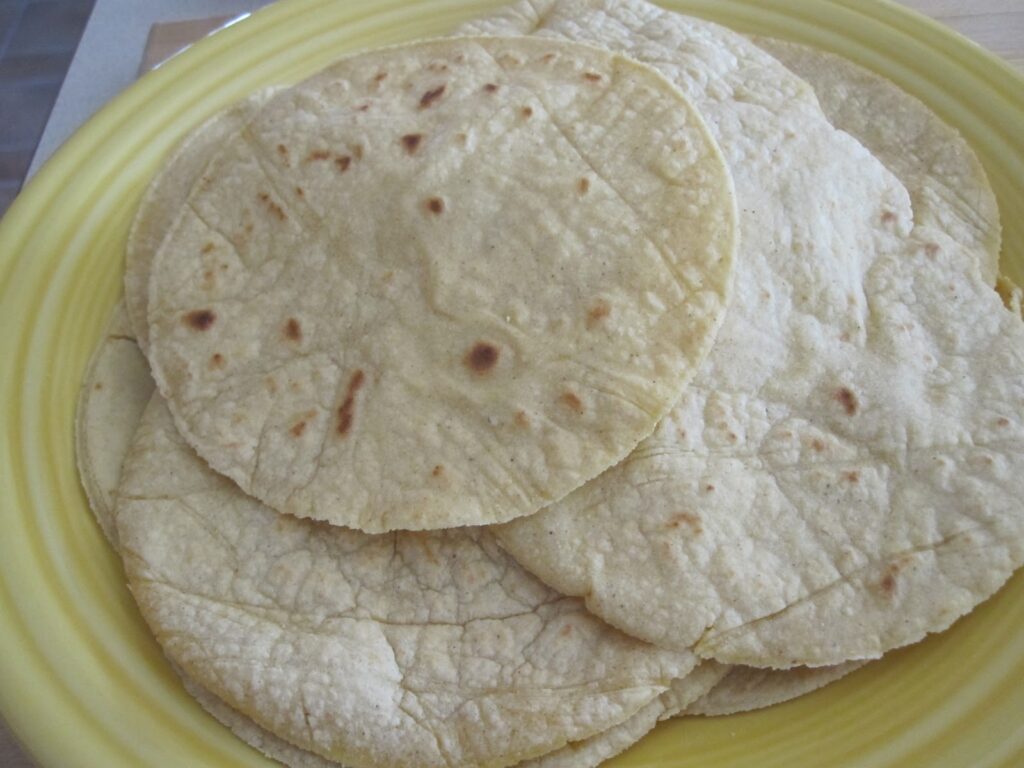
“I crave posho, but I don’t know where to get its flour,” she texted.
I replied, “Welcome to America.”
It’s just so funny how a meal back home, often despised because of its regularity in our school menus, is one of the best delicacies among East African emigrants in the US. It’s like there is a posho spell cast upon us as soon as we leave our home countries. I once stayed with a Ugandan family in Boston. Save for the unwanted lamentations and lies I had to endure from the man talking about his political ambitions for Uganda, this man ate posho like his life depended on it. Every Friday evening, we drove for about thirty minutes to an Indian store to buy a bag of posho and fresh sukuma.
Back to my friend in Texas, I sent her links where she could get posho flour for at least a meal once in a while if she craved it. For a student with a tight budget, it’s draining and mind-blowing to buy one kilogram of posho flour (Iwisa brand) at roughly $10 (approximately 35,000 UGX). And if you are fortunate to find it in the local Walmart Store, which is usually the Goya brand, half a kilogram at roughly $3 (10,000 UGX). The price depends on the location, the distance – if it is to be delivered, and the brand.
Once we solved the posho issue, she asked if she could get fresh passion fruit juice (I actually chuckled while writing this because it cracks me up to date). I asked her, “Are you sleep texting oba? How do you expect to find fresh fruits in the USA, and at that, passion fruits?” No harm intended, but most fruits and foods in the USA are bought from stores. These have been stored for weeks and even months before coming to the shelf. They have traveled long distances across States to get to wherever you are.
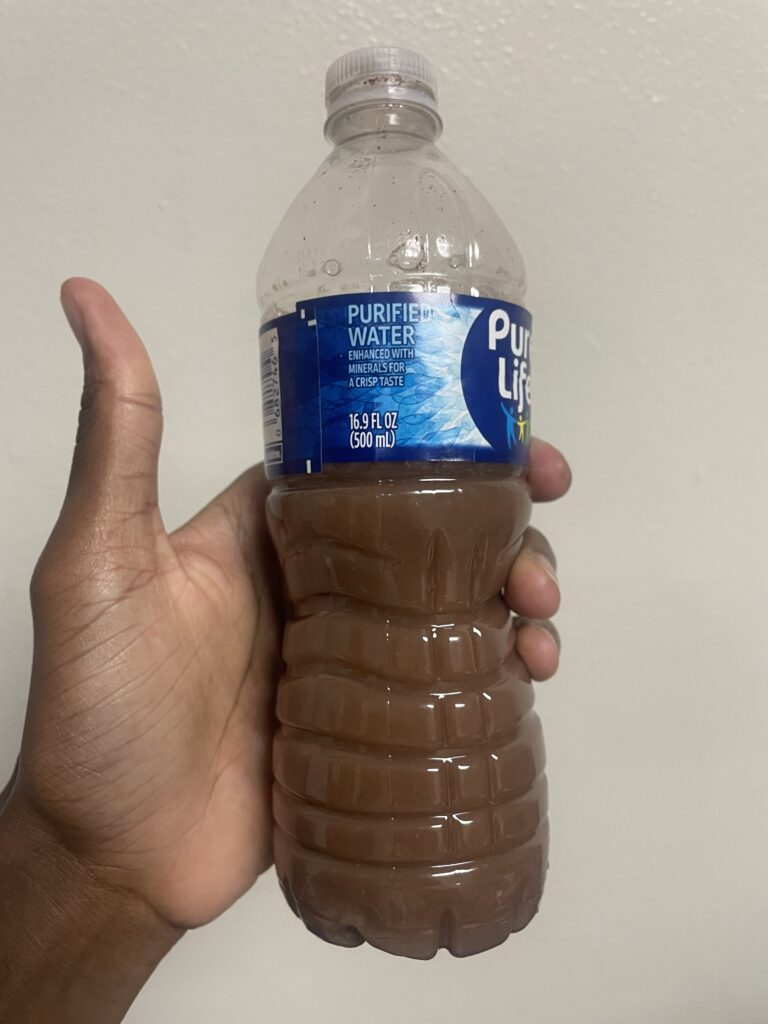
I love cranberry juice, especially when home in Uganda. It has that fruity taste only the tongue can testify to. End of last summer, as I returned to the US, I was actually already in the USA on my last connecting flight. The flight attendant asked what drink I wanted, and I excitedly said cranberry. As soon as it touched my tongue, I was fully aware that I was on American soil. Sugar, sugar, sugar – red colored sugar. Unlike back home or in most African countries, where we can move to any roadside or small shop like Mama Naka’s Kaduka or small eatery and ask for passion fruit juice, which has just been squeezed out of the fruit, here, if you want passion fruit juice, you have to look for a taste that will mimic the taste. But don’t expect to buy fresh katunda to go and sieve it yourself. There are brands that sell passion fruit juice, but keep your expectations low. It won’t have the same flavor as the fruit you pick from the garden in your home backyard in Uganda.
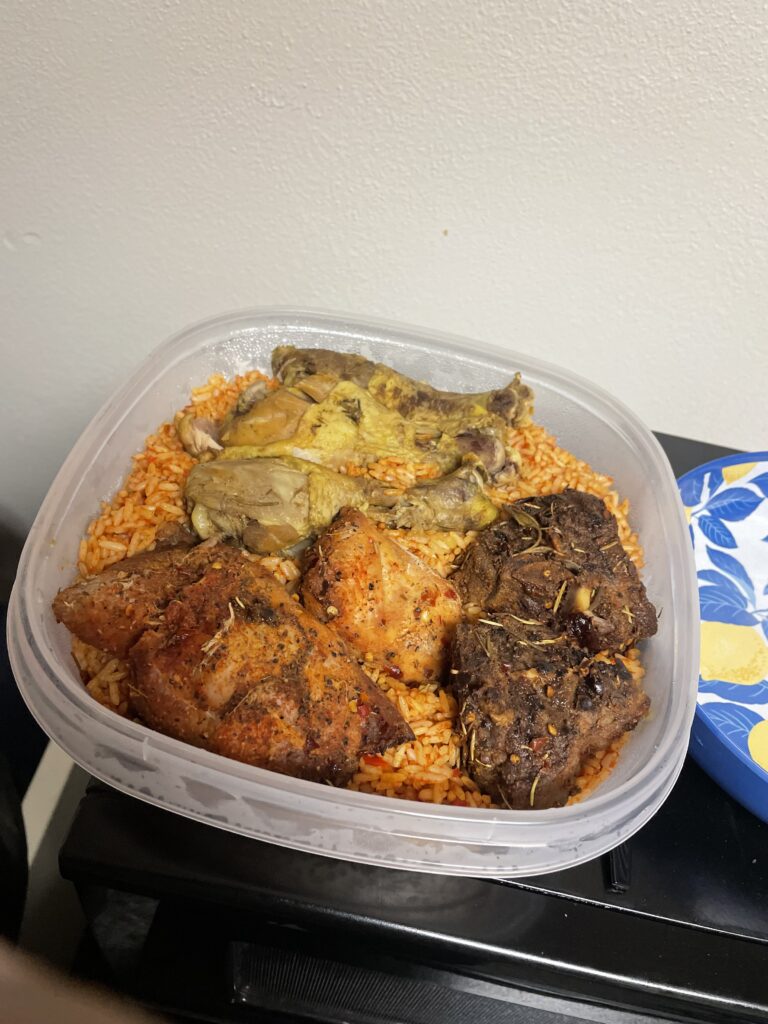
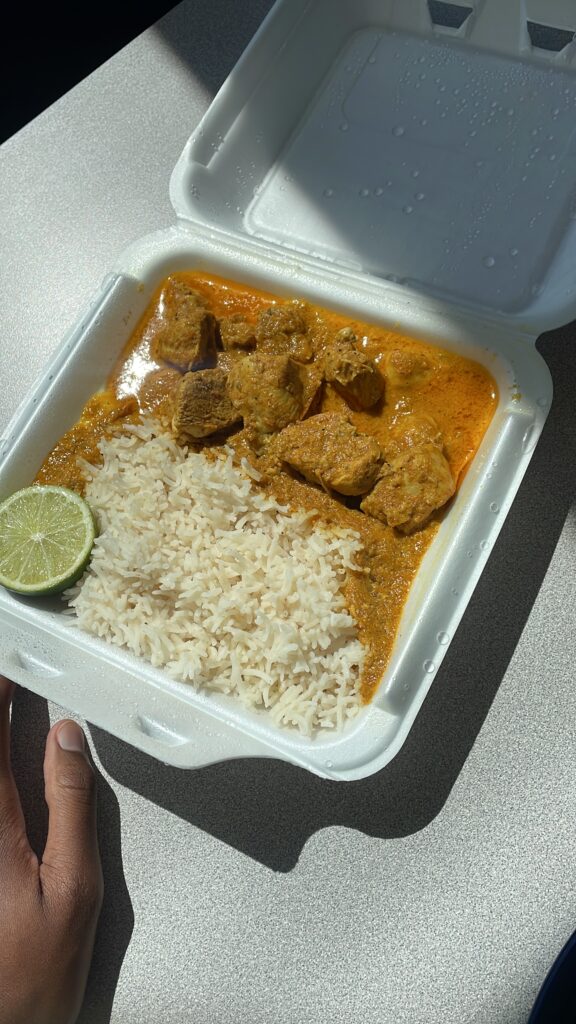
The international community in the USA is big. Exploring other culture’s cuisines helps spice up your food intake. The Jollof rice was prepared by my friend Stella from Nigeria, and the chicken Biryani by my friends from Oman.
Anyway, if you are ever traveling and relocating to the USA, food should be one of the things you are ready to relearn, as you have to adjust to the American taste buds. Another trick, not necessarily a trick, but something most Africans do, is to bring dry portions of that food they can’t live without. I always carry my Bushera, enkombe, daddies, groundnuts, and supreme posho. One time while listening to Gaetano and Lucky in the morning, Lucky shared an experience that I know most people who travel are familiar with. She went to her roadside pancake lady to buy some for snacking on in the evening. Unfortunately, when she reached the mudaala – selling post, there was a gentleman who had big green polythene bags filled with pancakes. He was waiting for the bucket the trader was filling to fill up again and pack that as well. Out of curiosity, she asked the man where he was taking all those bags of pancakes. He replied, “I can try to duplicate any food while in the UK, but I can never duplicate the Ugandan pancakes.”
Some days I sit down and think, “Isn’t it so amazing how it’s one world but every community has its own food or style or cooking?” Don’t get me talking about the first time I tasted amukeke – dry pounded sweet potatoes – from West Nile. I almost asked, “Why go through the hard work of drying and pounding sweet potatoes?” But I remembered culture is different. So if culture is different even within our own African communities, what do you expect when you are miles and miles away from home?
Don’t expect fresh passion fruits! Or the posho to taste exactly like posho back home.
Thank you for reading this far. Elizabeth Kisolo, the person behind these blogs, will be releasing a book, Once I Arrived. Through the book, you will get to live either in Uganda or the USA through the characters. She is currently looking for a publisher. Reading and sharing her stories won’t cost you much. Maybe her agent or publisher is in your circles. And don’t forget to subscribe to the blog. Thank you
